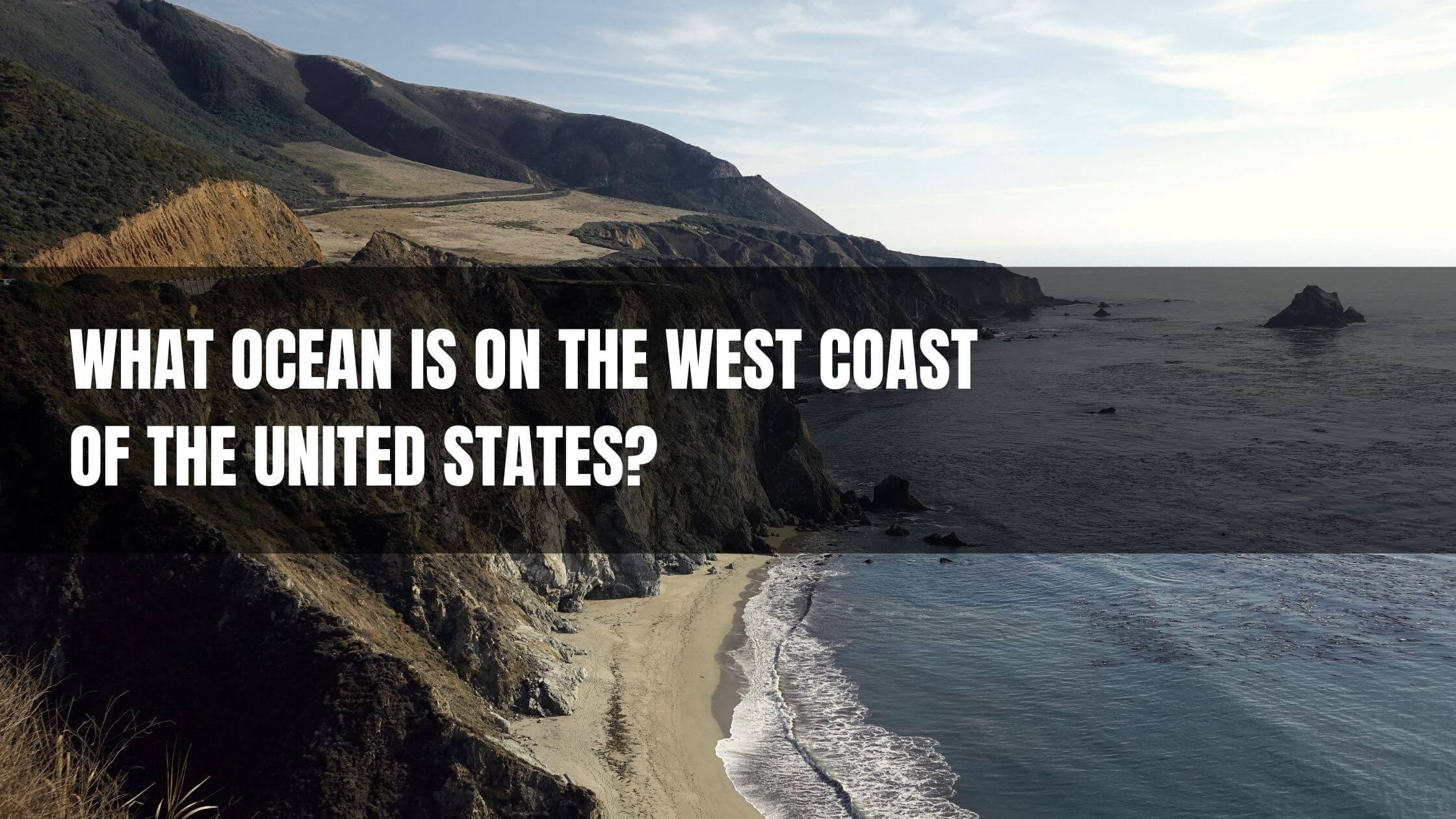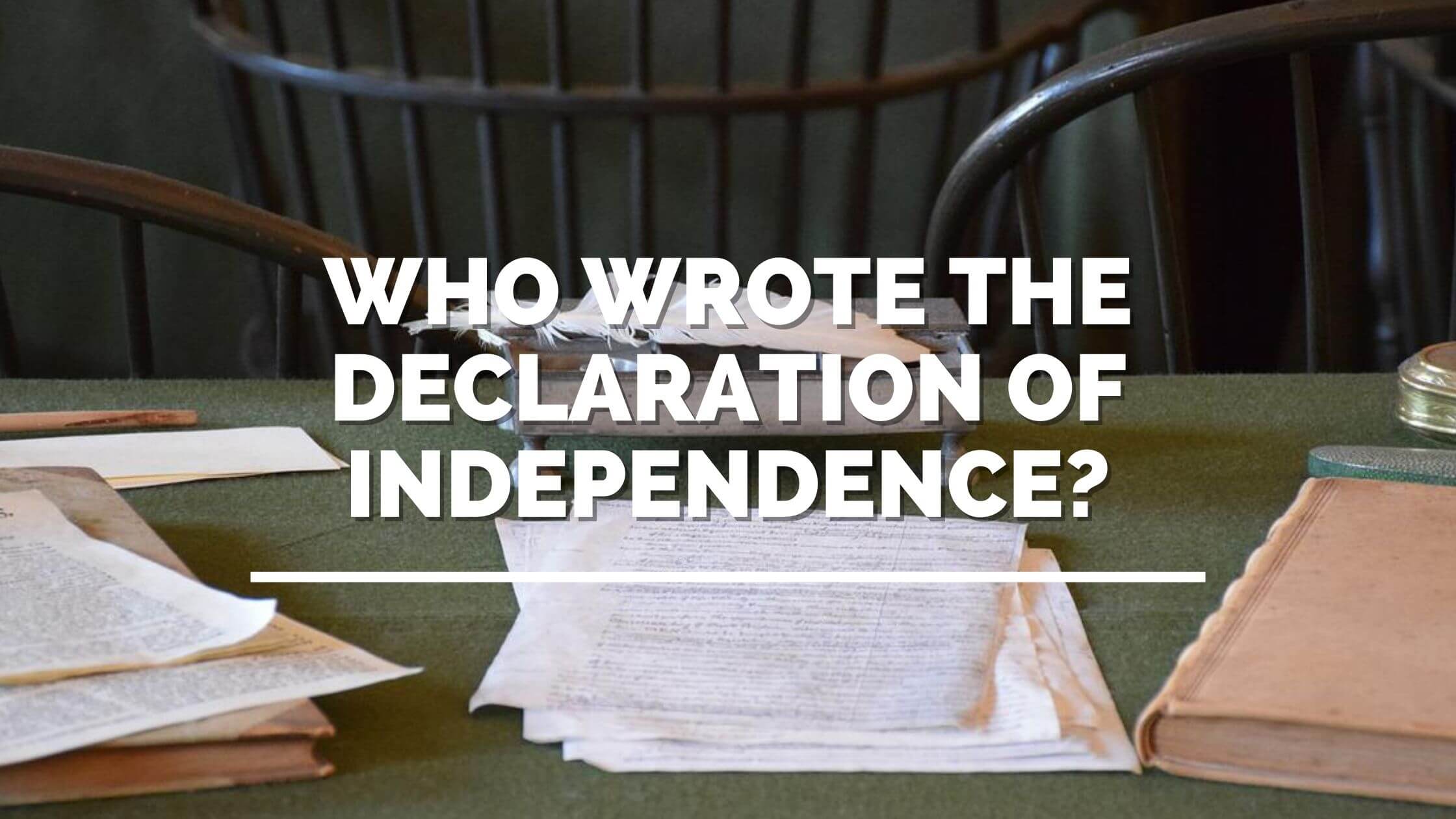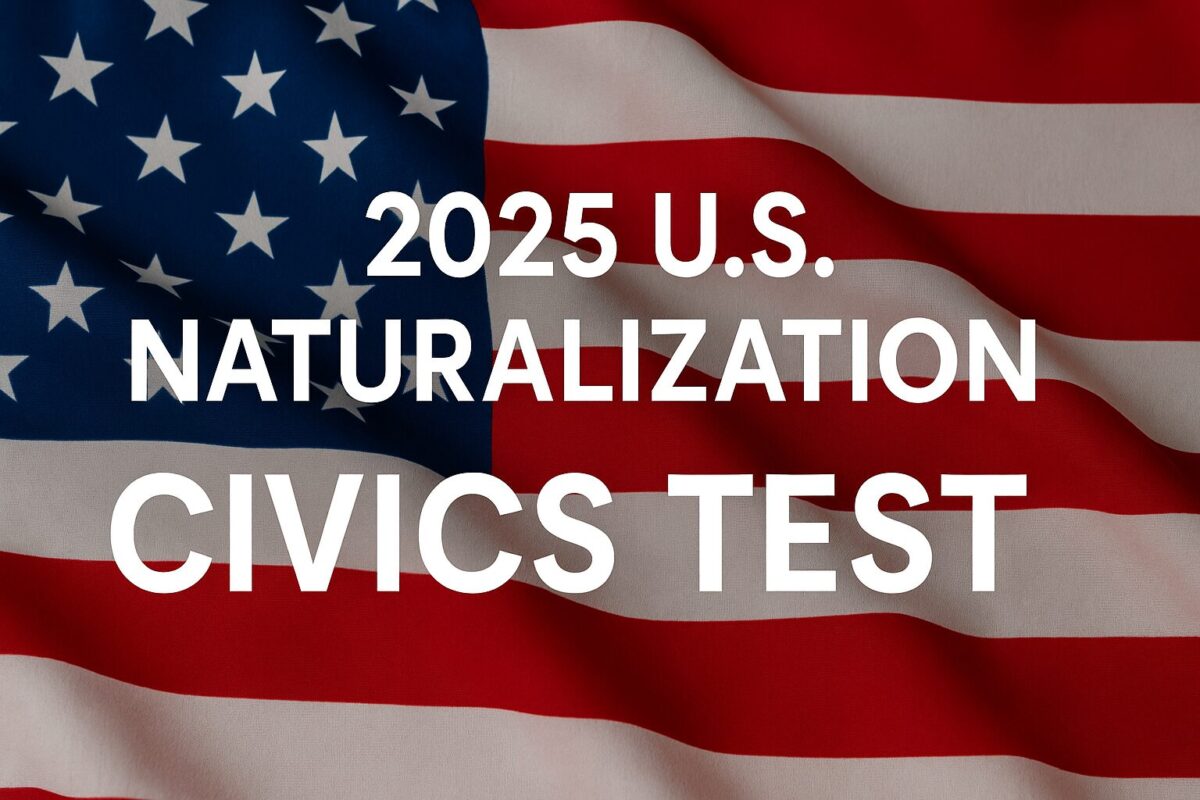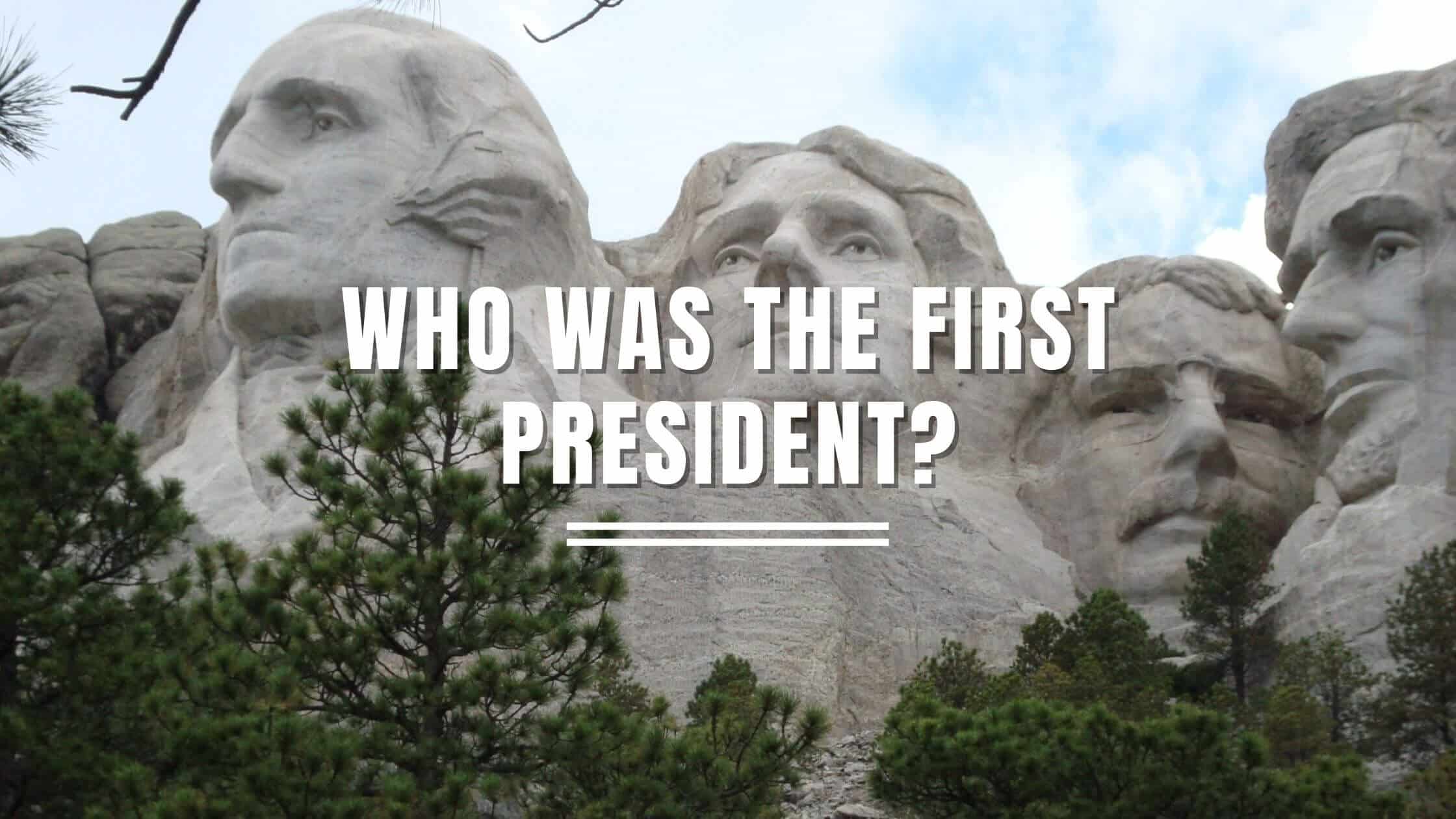Table of Contents
ToggleThe Pacific Ocean is on the West Coast of the United States.
There is a long coastline of the United States of America that covers the western states and the two states that were the last to join the Union.
This region has an important history in the expansion of the United States. So, let’s learn a bit more about the different areas of the coastline and this Western Seaboard.
Which States In America Have Coastlines On The Pacific Ocean?
There are five states with a coastline that borders the Pacific Ocean.
Three of those are on the main landmass of the United States, and two lie outside of that area.
They are:
- California
- Oregon
- Washington
- Alaska
- Hawaii
California
The most southern state on the Pacific coast is California.
California is on the West Coast of the United States and has the longest coastline on the mainland United States that borders the Pacific Ocean and runs further north.
The coast also continues into Mexico when it reaches the border on the peninsula near San Diego. A few key areas on this coastline are popular with tourists and important sites for marine wildlife.
Los Angeles is the largest city on the Californian coast, with many popular areas like Long Beach and Santa Monica.
Above this is Monterey Bay, with its aquarium, a great place for wildlife tourism. Further north, you end up in the trendy “Bay Area” of San Jose and San Francisco.
Beyond that, the state becomes cooler and more densely populated with national parks.
Oregon
Park regions continue through the coastline of Oregon. There isn’t much coastline here, but it is still a popular place to visit and a great place for marine wildlife.
The national forests run along the coast, with the major inland towns. This includes the larger city of Portland.
Washington
Above Oregon is situated another of the west coast states in the form of Washington.
Here, the landscape gradually changes, and the coastline forms a large inland bay. This bay forms part of the border with neighboring Canada.
On the American side is the coastal city of Seattle, which is famous for its fish market and marinas. Further north, you will end up in the Canadian city of Vancouver.
Alaska
Next, we must go north through Canada to the Northwestern peninsula of mainland North America.
Alaska officially became a state in 1959 and is now the largest state of them all, with a long, rugged coastline.
However, not all of this coastline borders the Pacific Ocean. With such a cold climate, Alaska is so far north that it lies beside the Arctic Ocean.
The more densely populated area in the south, around Anchorage, is on the Pacific coastline.
Hawaii
Finally, there is the state of Hawaii. This was also admitted into the Union in 1959, but that is where the similarities end.
For a start, Hawaii is a series of small islands rather than one big landmass. This gives the state a significant amount of coastline when all the islands are added together – the fourth-longest in the country.
Also, these islands are much further south in the Polynesian region of the Pacific, allowing for a very different climate.

Get Smarter on US News, History, and the Constitution
Join the thousands of fellow patriots who rely on our 5-minute newsletter to stay informed on the key events and trends that shaped our nation's past and continue to shape its present.
Aside from the capital of Honolulu, another key landmark on the Hawaiian coast is Pearl Harbor.
In the 1940s, Hawaii was a territory of the United States and a good location for a naval base. This was the site of a major attack by Japanese forces during the Second World War.
Additional United States Territories in the Pacific Ocean
In addition to these five states, there are also some United States Pacific territories.
They are the Commonwealth of the Northern Mariana Islands, Guam, and American Samoa.
These territories are areas where the United States has claims of ownership and can use the land for its benefit, but the region doesn’t have the same rights as the other states.
Guam, for example, is home to a large airbase, and there is a strong American military presence there.
American Samoa is a separate region from Samoa, not under American control. There are calls to give these areas statehood so that residents can attain the rights of United States citizens rather than U.S. nationals.
The Settlement of the Pacific Coast of America
The Western Seaboard hasn’t been a part of the United States for as long as other regions. The nation was small at the time of independence and concentrated around New England and the Eastern Seaboard.
Over time, pioneers expanded west towards the coast and Mexican territories.
The first European settlers on the east coast landed early in the 1600s. Independence didn’t occur until 1776, but the cession of Mexican land to the west wasn’t until 1848.
When the United States obtained the land from Mexico, this allowed for greater expansion and the establishment of states from coast to coast.
California was one of the first, with the gold rush in 1849. Yet, this area was still cut off from the rest of the nation for a while. The first transcontinental railroad between the east and west was completed in 1869.
Of course, the settlers who moved west for the gold rush and established new towns in the Pacific Northwest weren’t the first to inhabit the area.
The earliest known human settlements were those of the Paleo-Indians. These first-nation inhabitants were descendants of migrants that crossed the Bering Strait.
At the time, there was a land bridge between the two on that small channel between Alaska and Russia.
To summarize, while part of Alaska borders the Arctic Ocean, most of the eastern coastline is on the Pacific Ocean. It is an integral part of the western landscape and has been since its expansion west in the 1840s.











